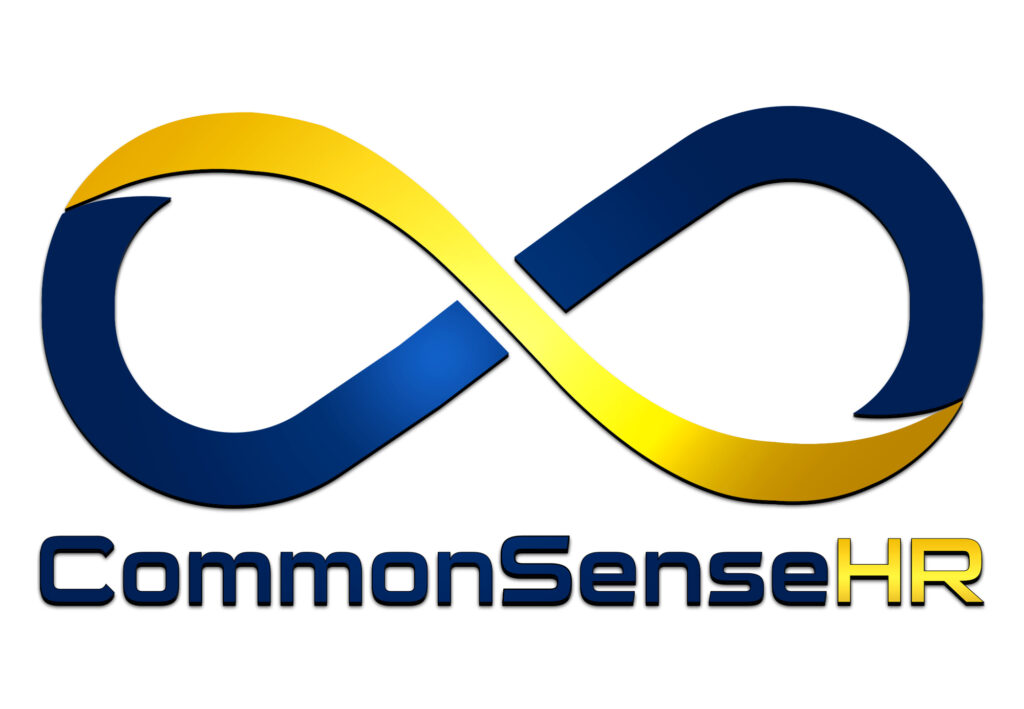A 2017 Gallup organization Report shows that businesses and/ or business units with highly engaged employees have:
· 41% reduction in absenteeism
· 17% increase in productivity
· 10% increase in customer ratings
· 20% increase in sales
· 21% greater profitability
https://www.gallup.com/workplace/236366/right-culture-not-employee-satisfaction.aspx
Ongoing research continues to demonstrate that engaged employees produce better business outcomes. There is a big difference between employee satisfaction and employee engagement. To engage employees there needs to be attention given to the higher levels of Maslow’s Hierarchy of Needs. Full engagement rarely kicks in until the top two levels shown here are activated.

Basic needs, including income, job security and a feeling of belonging, provide a basis on which to build engagement, but it is the higher-level needs such as self-esteem and self-actualization that truly bring engagement alive.
Some employers seem to think that money and job security is all that is owed to employees, even exhibiting an attitude of “I am paying them…they should do the work or go somewhere else.” This is a very transactional way of looking at the employer/ employee relationship.
The command and control management style of the past does not work well today, particularly with the millennial generation. The best talent will look for companies that have employee engagement as one of its top values.
The top two concerns of business are how to increase sales, and how to reduce costs. Employee engagement is proven to be an effective way to achieve both these goals. This can begin with the smallest of steps such as acknowledging an employee for the work they do, listening to an employee’s concern and following through on it, or making sure that an employee is given the tools to do their work.
Employee engagement can be both measured and developed following a continuum from “not engaged” to “highly engaged.” Where are you on this continuum, mentioning no names of course 😊


